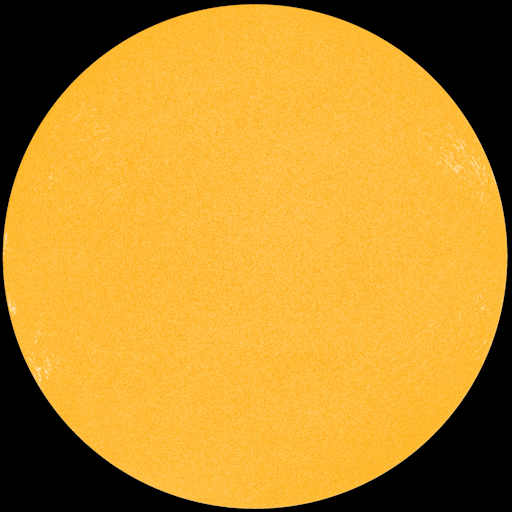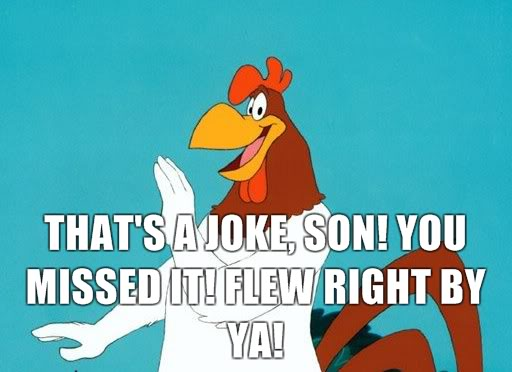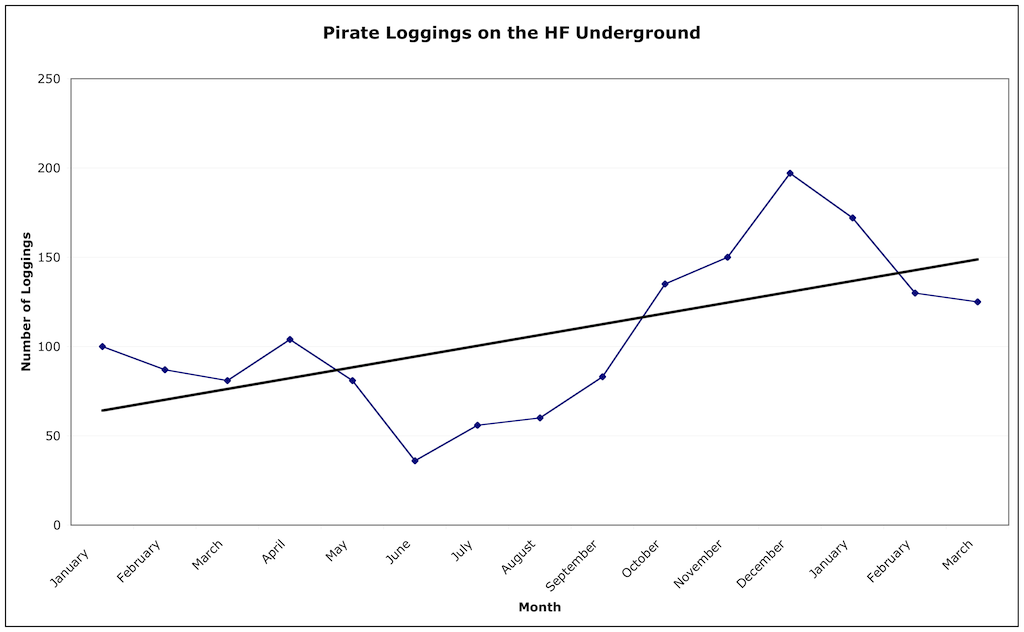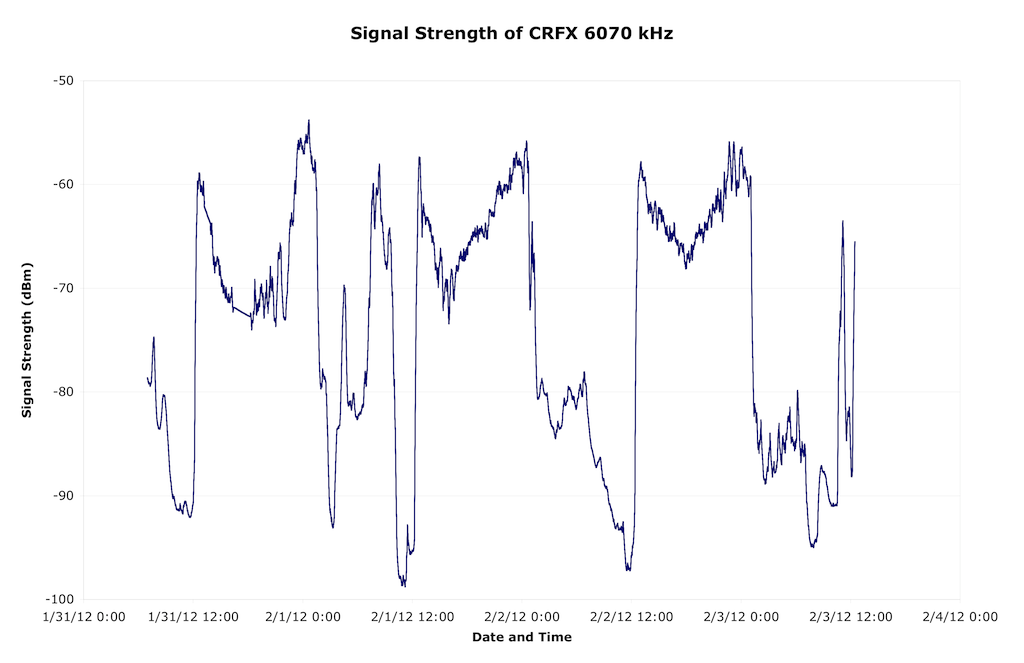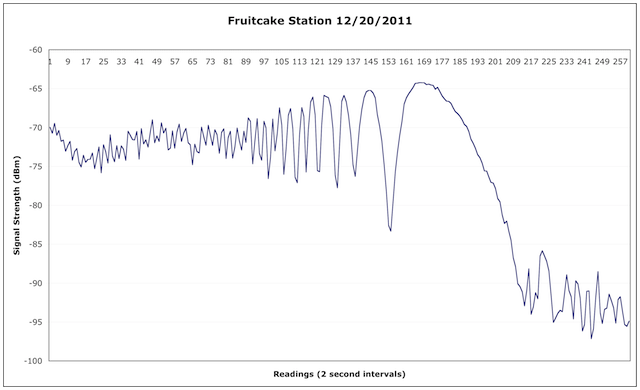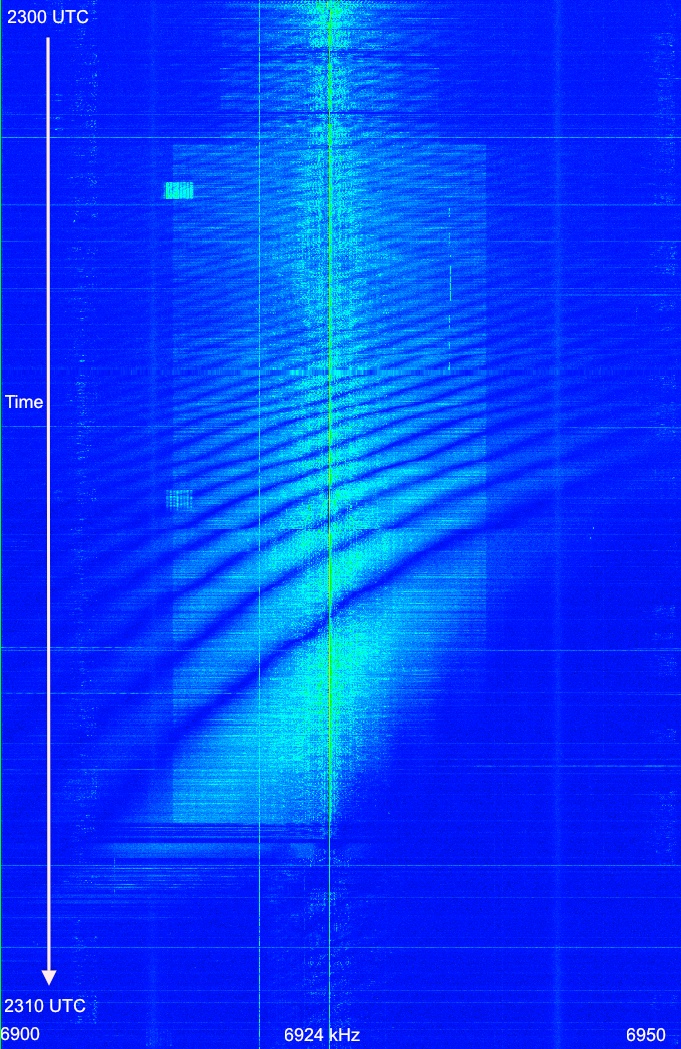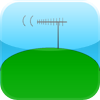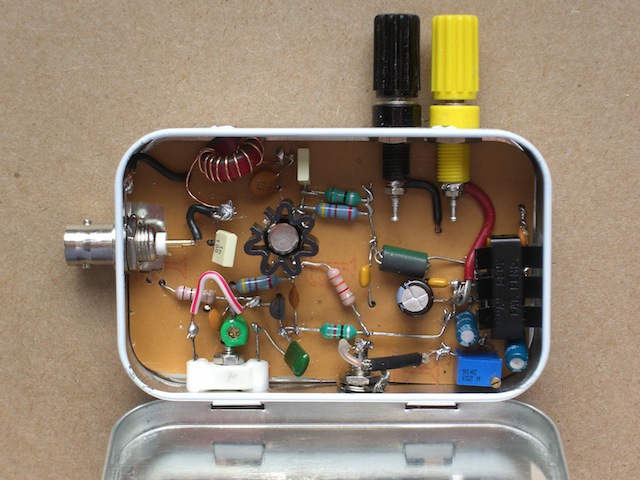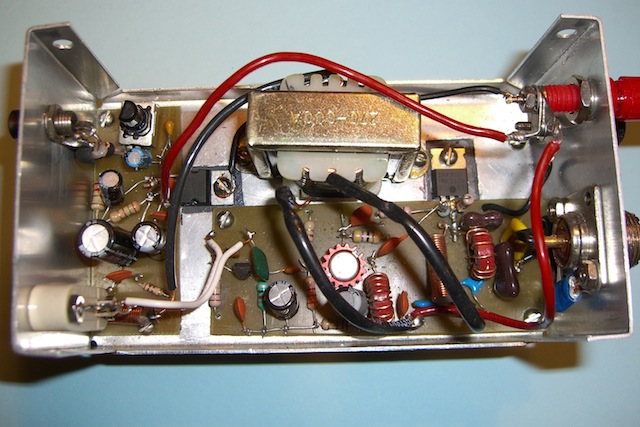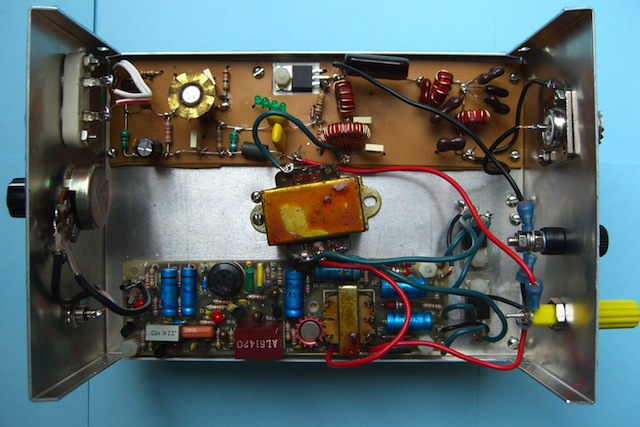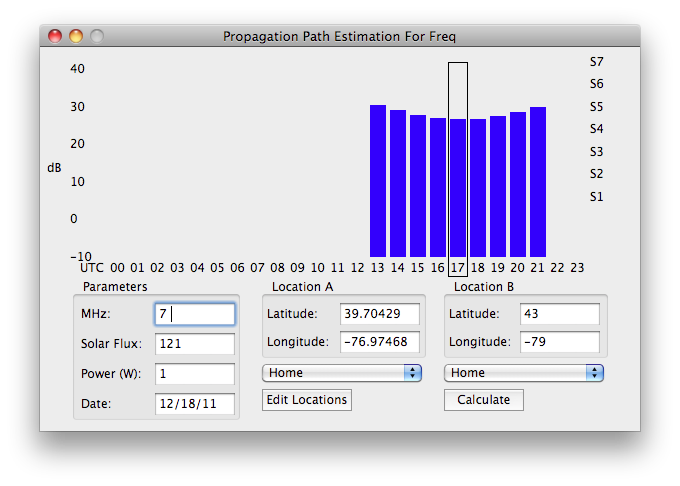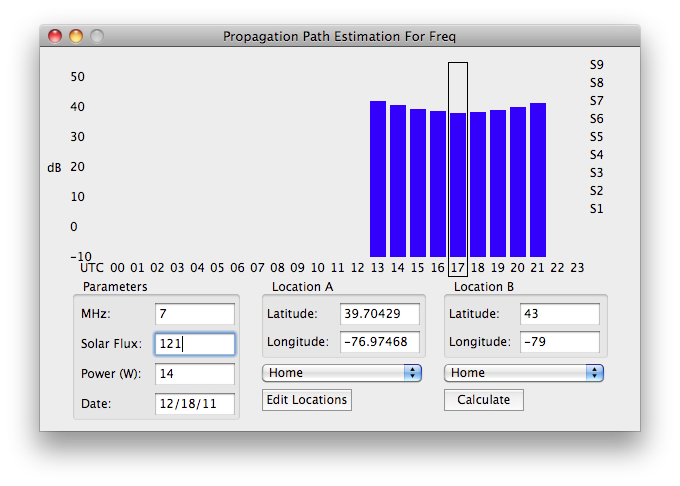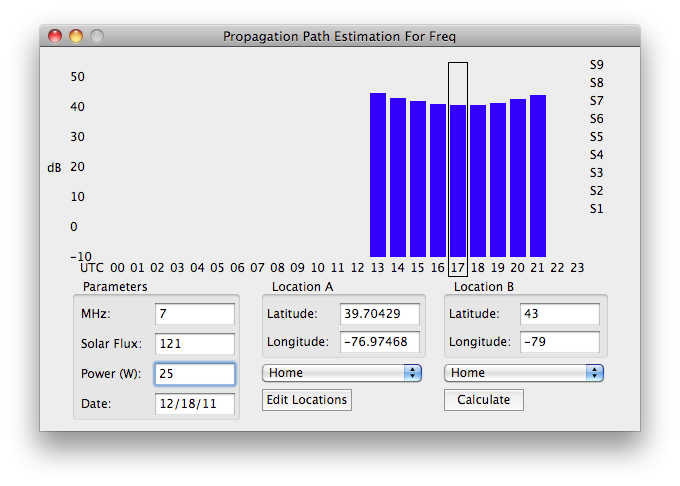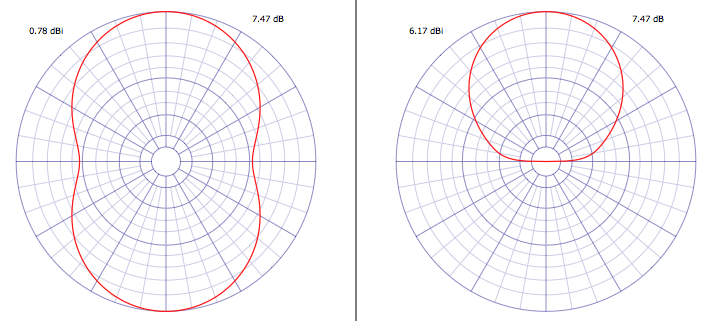Have you ever wondered why other listeners are hearing a pirate with a very strong signal, while you can’t hear it at all? Or have you been listening to a station with a solid SIO of 555, only to have it fade to nothing, while others on IRC are still reporting solid copy? Chances are, the station was operating in NVIS (Near Vertical Incident Sky Wave) mode, where the radio signals go straight up from the transmitter, and down to the receiving site. NVIS is the mode used for all short distance communications on HF. Think of it as the opposite of “skip”.
In radio-speak, “going long” means a band is no longer able to support short distance communications. The maximum frequency that is reflected (actually refracted, but I’ll use the term reflected as most people are accustomed to that) by the ionosphere is a function of the characteristics of the ionosphere (due to solar activity), and the angle of the radio waves. The maximum frequency gets lower as the angle becomes more steep, reaching a minimum for radio waves directed straight up. This final frequency is called the foF2 or critical F2 layer frequency. Any radio waves directed straight up that are higher than this frequency will pass through the ionosphere into space. There is a real time foF2 map here:  http://www.spacew.com/www/fof2.gif
http://www.spacew.com/www/fof2.gif
For other angles, the maximum frequency that can be propagated is equal to foF2 divided by the sine of the angle. This tells is that as the angle gets smaller (not straight up) the maximum frequency increases. �
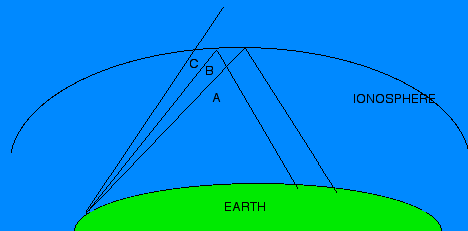
In the above picture, paths A and B are at shallow enough angles that the radio waves get reflected back to the Earth. For path C, the angle is too steep, and the radio waves are not reflected, but pass into space.
During the daytime, the ionosphere is able to support propagation of higher frequencies. As the sun sets and the ionization levels start to decrease, the maximum frequency begins to drop. For a given frequency, shorter transmission path distances will be affected first. The path will “close” very suddenly, sometimes over the span of just a few minutes or even seconds.
Here is a graph plotting the received signal level for WFMT on Dec 10, 2011:
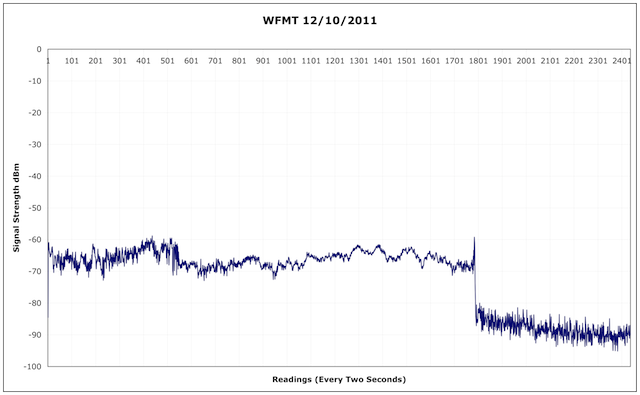
The signal strength is shown in dBm. Refer to the previous entry How many watts do you need? for a refresher course in dBm. In general, an S9 signal is -73 dBm, every S unit is theoretically 6 dB, so S8 is -81 dBm, etc.
You can see that the signal was varying between -60 and -70 dBm, so about S9+10 dB. Then quite suddenly, it dropped to about -85 dBm, and then continued to decline to about -90 dBm.
Here is a closeup graph showing one minute of signal strength during the time WFMT went long. You can see that it went long between 20 and 30 seconds. That is, it only took 10 seconds.
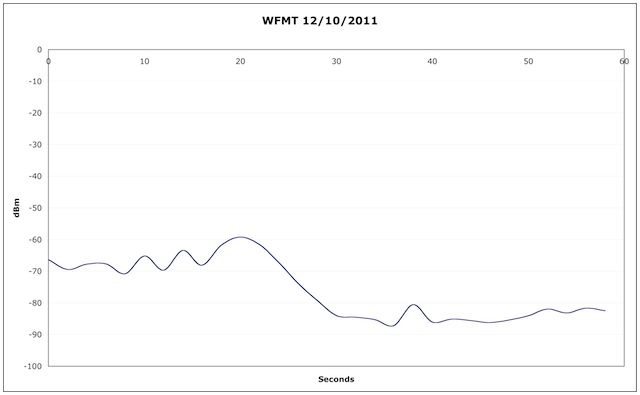
Looking carefully, you’ll also observe an increase in signal level just before WFMT went long. I have noticed this many times. My theory is that propagation is best when the incident angle of the radio waves to the ionosphere is very close to the critical angle. In this case, the incident angle is of course fixed, but the critical angle is changing as the ionosphere weakens to nighttime levels.
Note that even though the critical angle was exceeded, some radio waves are still being reflected, as the signal level has not dropped to zero yet (although it does continue to trend down, at some point the station will completely fade out).
The critical angle determines the maximum frequency that can be propagated between two points.
Remember from above that the maximum frequency that can be propagated is equal to foF2 divided by the sine of the angle. We can use some simple math to calculate what frequencies will work, knowing foF2.
The Maximum Usable Frequency (MUF) can be found by:
MUF = foF2 * sqrt( 1+ [D/(2*hmF2)]^2)
Where hmF2 is the height of the F2 layer. There is a map of the F2 height here:
 http://www.spacew.com/www/hmf2.gif
http://www.spacew.com/www/hmf2.gif
For example, if the distance between the two stations is 690 km, and the F2 height is 250 km, and foF2 is 3.5 MHz, then plugging into the above formula gives us a MUF of 5.97 MHz. So we can use frequencies up to that. But, if the stations were closer together, say 300 km, then the MUF is only 4.1 MHz. (Note: It’s for long distances, it is important to remember that the signal probably takes several hops, and you need to use a value of D that is the distance between stations divided by the number of hops)
Note that like foF2, hmF2 is continuously varying. At 1600 UTC on December 14, 2011, the foF2 is about 9 MHz over the eastern USA, and the mmF2 is about 240 km. So 43 meters is potentially open to anywhere on the east coast, even using NVIS. Of course this only takes the MUF into account, there is also the LUF, or Lowest Usable Frequency, which is mostly a function of transmitter power and D layer absorption.
At night, foF2 dramatically drops. Lately it has been going below 7 MHz in around 2300 UTC, turning off NVIS for 43 meter band transmissions. With an foF2 of 6 MHz (observed today at 2330z) the MUF is around 7 MHz for a distance of 200 miles.
For this reason, operators who want to reach their target area (east coast ops reaching east coast listeners) should consider using lower frequencies at nighttime. Years ago, the 3 MHz band was somewhat popular for pirate operations. Even somewhere in 5 MHz would be useful.
NVIS itself is worthy of an entry by itself, which is coming up next.
If you’re interested in getting real time propagation information, take a look at DX ToolBox which is available for both Windows and Mac OS X.
